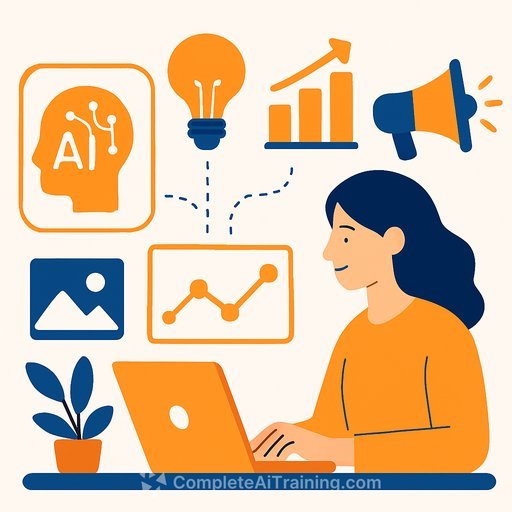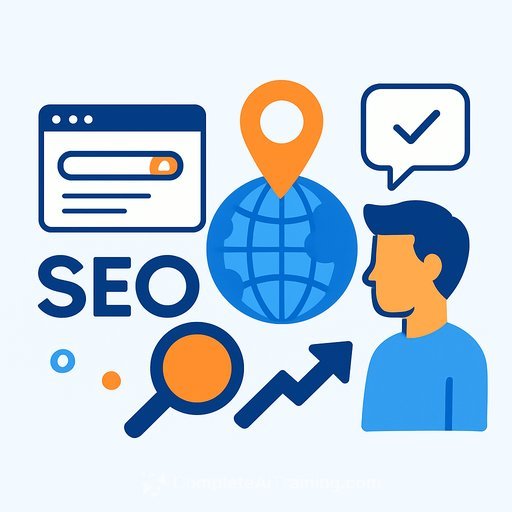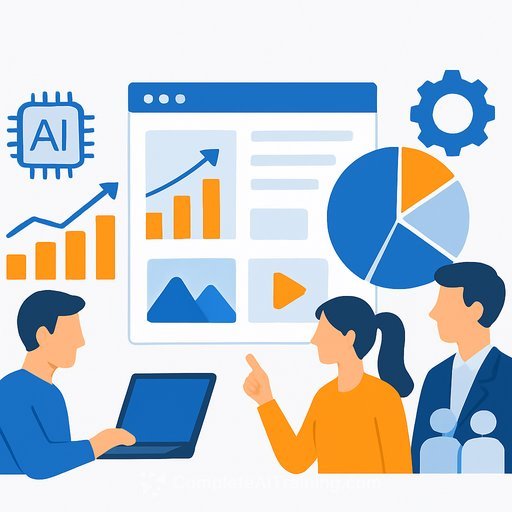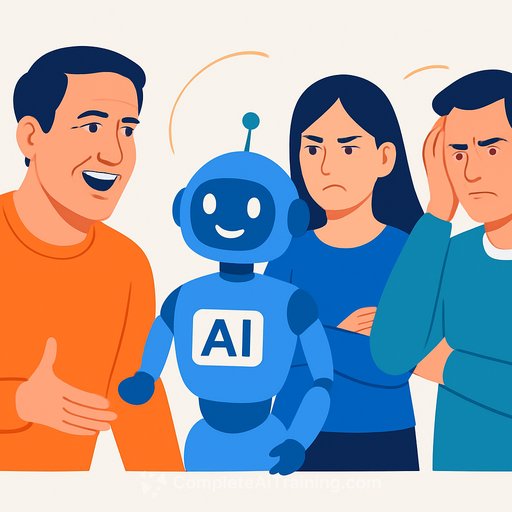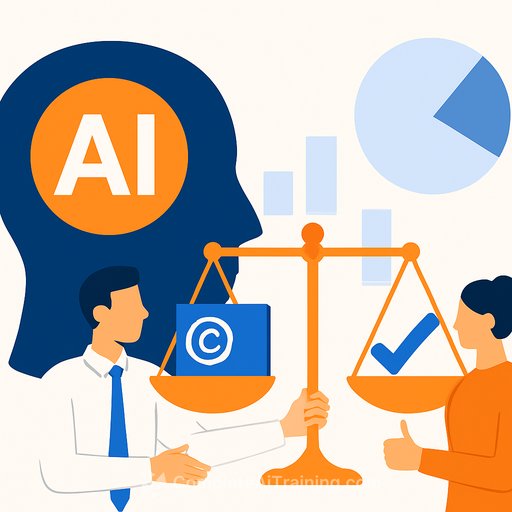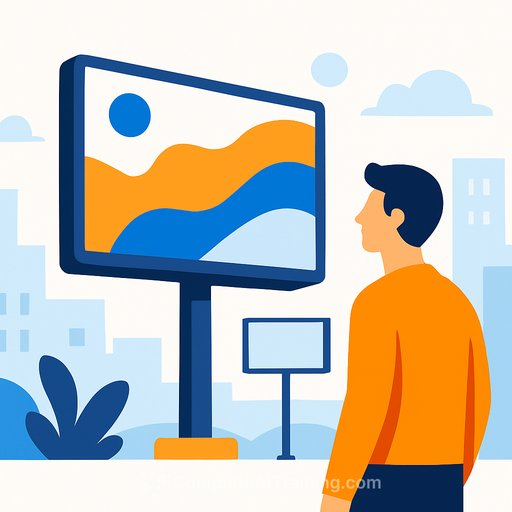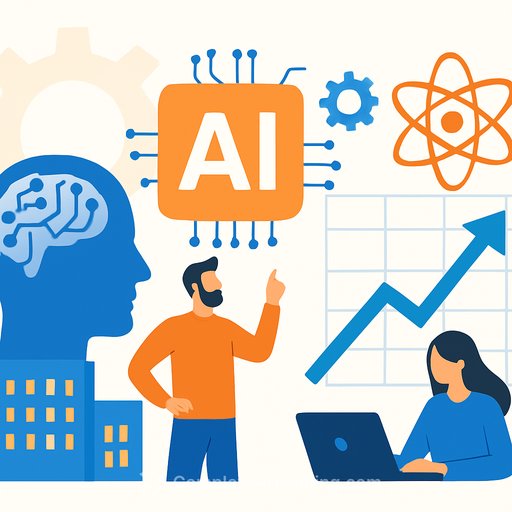Agentic AI: Where Creative Instinct Meets Scientific Proof
Marketing has lived with a false split: artists vs. analysts. Agentic AI closes that gap by acting on its own, making decisions, and iterating in real time-like a seasoned marketer who never sleeps.
It doesn't just generate content. It forms hypotheses, tests them, learns from feedback, and updates creative and spend without waiting for a meeting.
How Autonomy Bridges the Gap
Siloed teams slow growth. Agentic systems orchestrate the entire workflow so intuition and evidence reinforce each other, not compete.
- Analyze behavior and generate personalized ad creatives that adapt based on performance.
- Spin up simulations to pressure-test messaging and offers before launch.
- Auto-iterate imagery, headlines, and CTAs while reallocating budget to winners.
- Sync outputs across channels, enforce brand rules, and log every decision.
Proof It Works
Early adopters report meaningful gains. Some advanced industries are seeing 30%+ efficiency improvements, with systems predicting shifts and updating creative to match scientific forecasts. See the analysis on ROI variance and strategy in McKinsey's GenAI work here.
On the ad side, Amazon Ads released an agentic creative tool that builds and iterates ads with minimal input, learning from performance over time. Details are on the Amazon Ads blog here.
SEO is shifting too. AI agents monitor search trends, generate content, and update pages for relevance-uniting strong writing with algorithmic precision.
What This Means for Creative and Marketing Leads
Roles evolve. Creatives move faster with data-backed briefs and real-time feedback. Analysts design experiments and guardrails rather than manually crunching dashboards all day.
- Pick one use case to start: ad creative iteration, subject line testing, or landing page variants.
- Pipe in clean data: product feeds, performance metrics, and brand guidelines.
- Set guardrails: tone, banned claims, compliance, and audience exclusions.
- Define success: cost per X, lift vs. control, speed to learnings.
- Run short sprints: weekly cycles with human review on strategy and brand.
- Capture learnings: what the agent tried, what won, and why.
Challenges You Need to Manage
Autonomy without oversight is risky. Ethics, brand safety, and compliance need clear rules and human approval on sensitive calls.
- Approval workflow: human sign-off for new concepts, claims, and audiences.
- Auditability: log prompts, variations, and decisions for every test.
- Constraints: style guides, voice libraries, and claim checkers.
- Safety nets: budget caps, anomaly alerts, and auto-pause triggers.
The 2025 Outlook
Adoption is accelerating, with industry sources citing a triple-digit surge in agent deployments this year. Boardrooms are shifting from pilots to scaled systems, but results vary without tight integration and clear KPIs.
Expect agents to act as design partners-anticipating needs, proposing ideas, and proving them in controlled tests. The winners will pair bold concepts with undeniable evidence.
Team Enablement
You don't need a lab to start. You need the right skills and a simple plan. If you want structured training for marketing teams using AI, explore our practical programs and certifications.
Bottom Line
Agentic AI ends the trade-off between creativity and proof. It links data insights with creative execution, so your team can ship bolder ideas, learn faster, and show the ROI.
The next edge isn't more content. It's tighter loops between idea, test, and iteration-run at machine speed, guided by human taste.
Your membership also unlocks:

